VATICAN CITY — A silver wand in hand, Cardinal Luigi Oreglia stood at the door to Pope Leo XIII’s bedchamber on July 20, 1903. It was early, about 1:30 a.m. The 93-year-old pope had been sick; he had predicted his own death, according to a news report published by the St. Paul Globe on July 6, 1903.
For weeks, Pope Leo XIII, born as Gioacchino Vincenzo Raffaele Luigi Pecci had been suffering from bronchitis or pneumonia, as well as a weak heart, published by the Freeborn County Standard.
ADVERTISEMENT
Now he was dead.
Weeks-long ceremonies steeped in ancient Catholic traditions were about to begin. Oreglia was there as the first step in an official verification of the pope's death.
Behind Oreglio, cardinals in their red hats and papal finery waited for the knock. Cardinal Girolamo Gotti, the pope’s favorite to ascend the throne of St. Peter was absent; he was waiting for the verification. The College of Cardinals needed time to prepare for the election of the next pope.
Oreglio on the door, and then entered. Pope Leo XIII’s body lay on a couch. Tenderly, he reached out to touch the pope’s chest and forehead, then sunk to his knees, wrapped his hands together in prayer.
“Dominus papa noster mortus est,” meaning “Our lord the pope has died,” Oreglia cried out.
He now needed to secure the papal treasures, including the pope’s fortune worth up to $45 million, but more importantly the Fisherman’s Ring from the pope’s dead hand. Ancient tradition mandated that the old ring had to be destroyed before a new pope could be elected.
The ring was made of plain gold, weighing less than two ounces, with an oval plate and design of St. Peter in a boat drawing a net from the waves.
ADVERTISEMENT
But when Oreglia looked for it, it wasn't on the pope's hand. He had no choice. He had to wait to officially declare the pope dead. He back into his pocket.
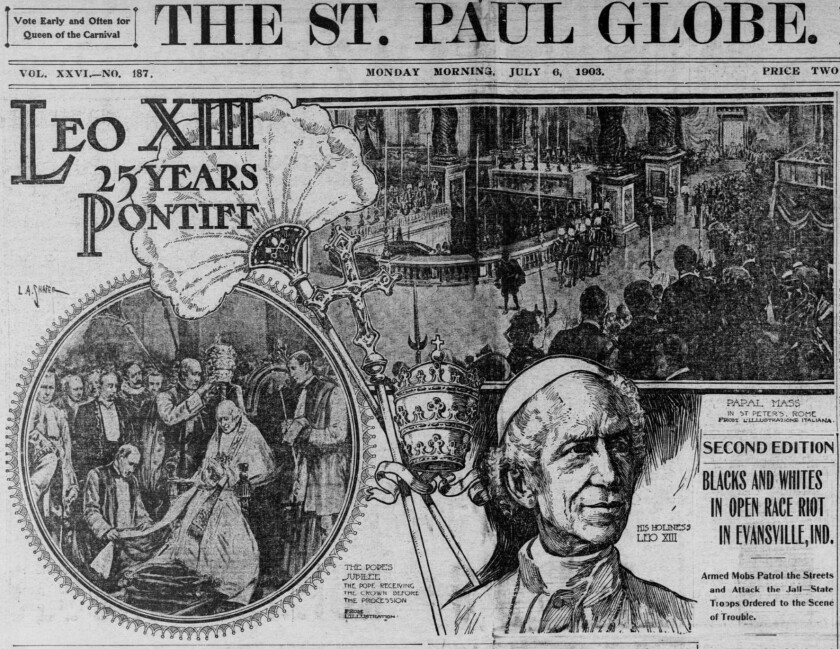
The Fisherman’s Ring
Mystery and intrigue has followed the as the Piscatory Ring, since the Middle Ages. Usually crafted simply, the ring symbolizes papal authority and the pope’s role as successor of Saint Peter, who was a fisherman.
A tradition since at least 1521, old rings were destroyed upon a pope’s death and new rings were issued to new popes. The only known time a ring has not been destroyed was when Pope Francis’ predecessor, Pope Benedict XVI, in 600 years. A deep cross was carved into the ring’s surface with a chisel.
“The ring of the fisherman was the official seal used by the pope in all his personal documents and private letters. Every one of the popes since that time has sworn and used a signet ring which bore the device of St. Peter seated in a boat and drawing a net from the waves,” on Aug. 28, 1903.
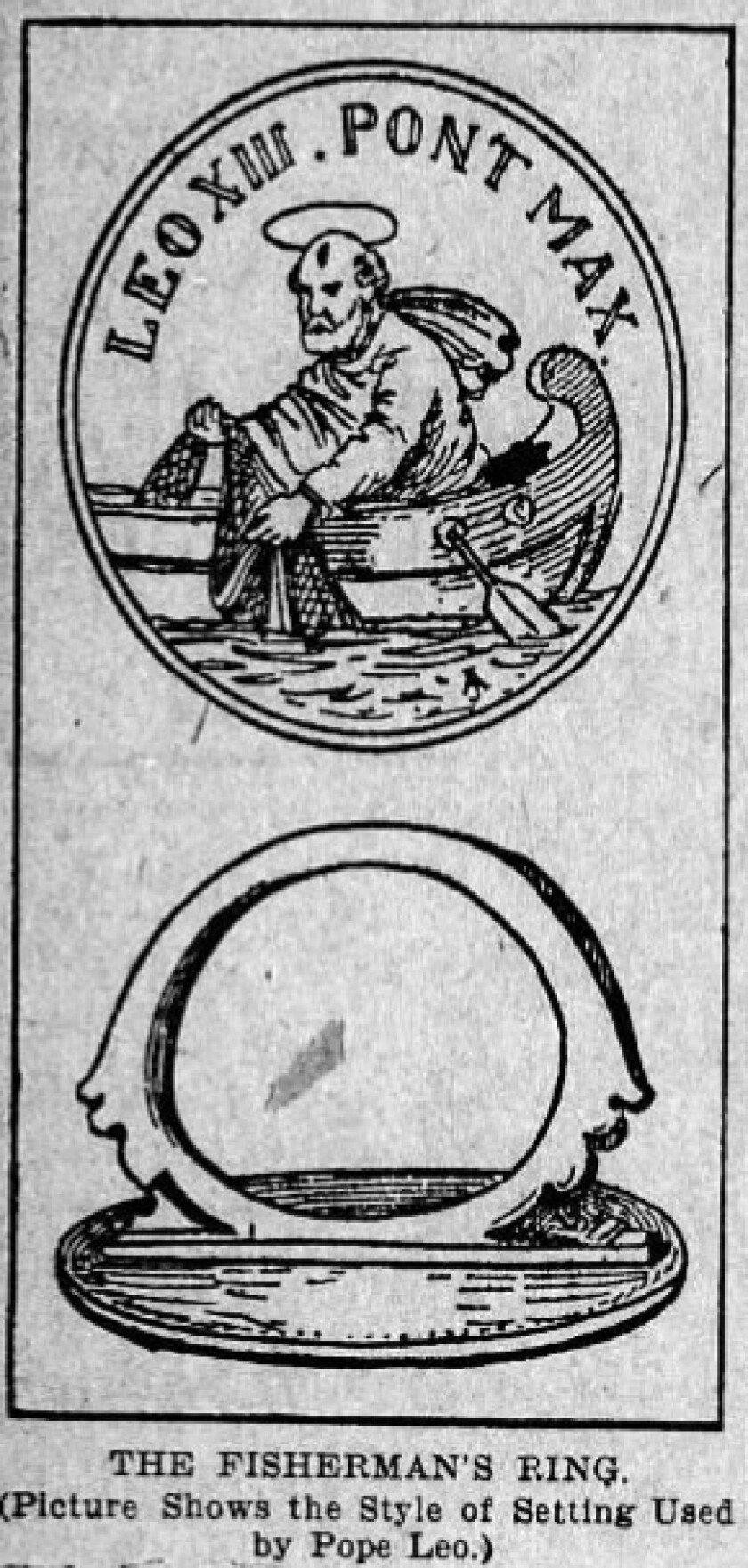
Out of respect for what the pope represents, the Fisherman’s Ring is also the ring that is kissed by followers and pilgrims, according to the Catholic News Agency.
Not all popes wore the ring on a daily basis; the most recent pope, the late Pope Francis, who died on April 21, wore it sparingly.
ADVERTISEMENT
Throughout his 12-year reign, Pope Francis garnered controversy over hygiene related to his Fisherman's Ring, especially during the COVID-19 pandemic, and Pope Francis was filmed in 2019 rebuffing worshipers who attempted to kiss his ring.
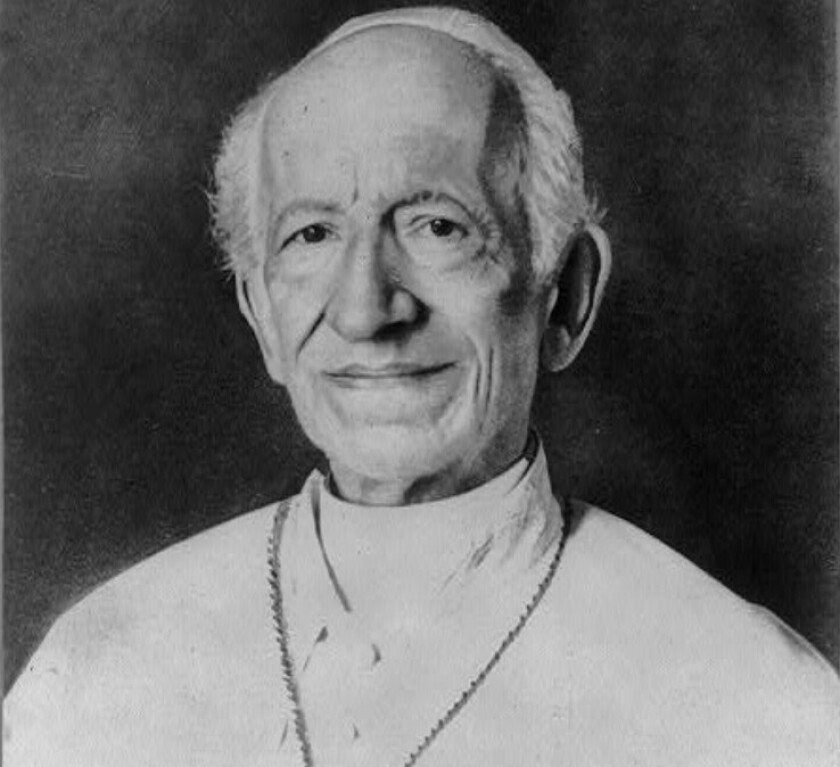
Lost rings
Back in Rome, in 1903, Oreglia had to wonder: Did Pope Leo XIII lose his ring? If so, it wasn’t the first time Pope Leo lost his ring. In fact, he had first lost it in 1899.
He was napping in “a little room kept for the purpose” and the the New York Tribune.
The New York Tribune wrote a version of the lost Fisherman’s Ring of 1899.
“During his sleep the Fisherman’s Ring, that glorious jewel kissed by so many crowned heads and lesser lights, fell from his finger, his hand having shrunk very much during late years,” the New York Tribune reported.
An attendant found the ring and returned it to him, according to the New York Tribune. He was rewarded $3 for returning the ring, according to the Daily Star Journal.
ADVERTISEMENT
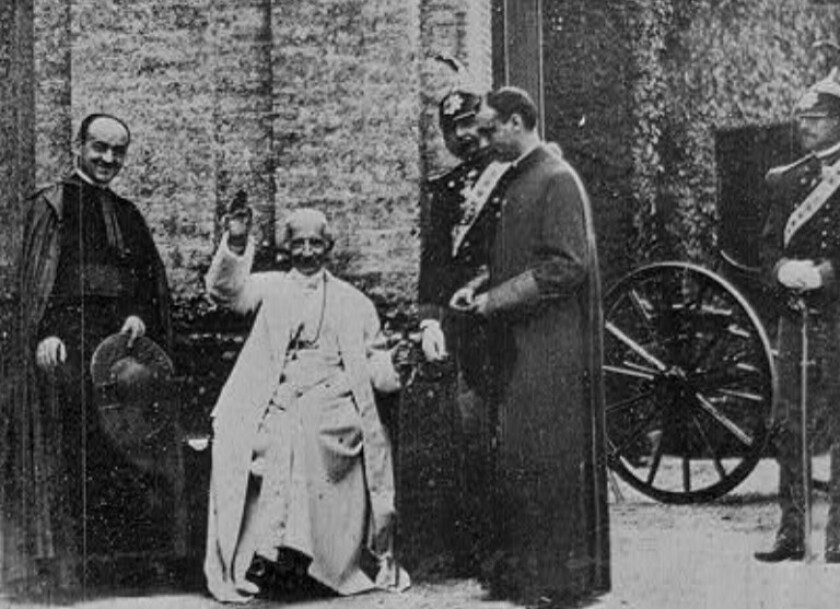
“The loss of the ring would, in fact, have been most serious for the church,” the New York Tribune reported. In fear of losing it again, Pope Leo XIII never wore the ring again, according to the Free Press Prairie Farmer.
Pope Leo XIII wasn't the first pope to lose his own version of the famous ring. In the past 500 years, at least three other popes had been documented as losing theirs.
In 1588, Pope Sixtus V lost his Fisherman’s Ring, on Aug. 28, 1903.
“Sixtus V has been very ill from anxiety and vexation. The vexation to which I refer was at missing the Fisherman’s Ring. He carried it with him in a purse, and he discovered that he had been robbed of it by a cupbearer,” the Daily Star Journal reported.
In 1797, the French Republic invaded the papal states and “despoiled Pius VI, of his valuables, including the Fisherman’s Ring,” and died there in 1799.
During the Napoleonic Wars in 1809, Pope Pius VII was kidnapped and also taken to France as a prisoner. Before handing over the Fisherman’s Ring, he broke it into two pieces. The broken ring was kept in Paris until King Louis XVIII later returned the remnants to Rome.
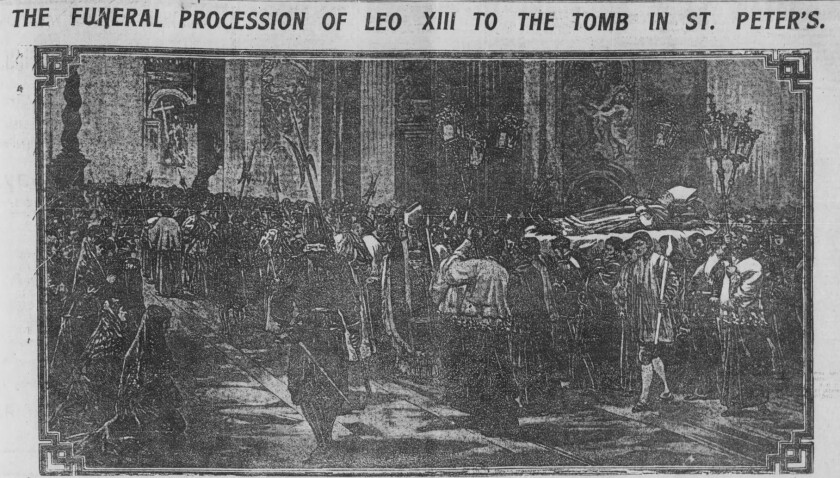
ADVERTISEMENT
‘Ring was stolen’
Headlines about the missing Fisherman’s Ring splashed boldly across front pages days after Pope Leo XIII died.
“Ring was stolen,” on July 25, 1903. “It was stolen soon after the death of the pope … the Fisherman’s Ring which is used by the pope to seal pontifical bulls, has been stolen and the certificate of the death of the pope cannot be signed. The ring disappeared between the death of the pope and the morning following.”
“Fisherman’s Ring said to be stolen,” on July 26, 1903. “The ring of the fisherman, which should have been found on the hand of the pope, has disappeared.”
All proceedings were put on hold. The deceased pope’s rooms and possessions were sealed. The ring had to be found.
disappearance, papal authorities were at a loss and issued a new ring, according to the Grand Forks Herald.
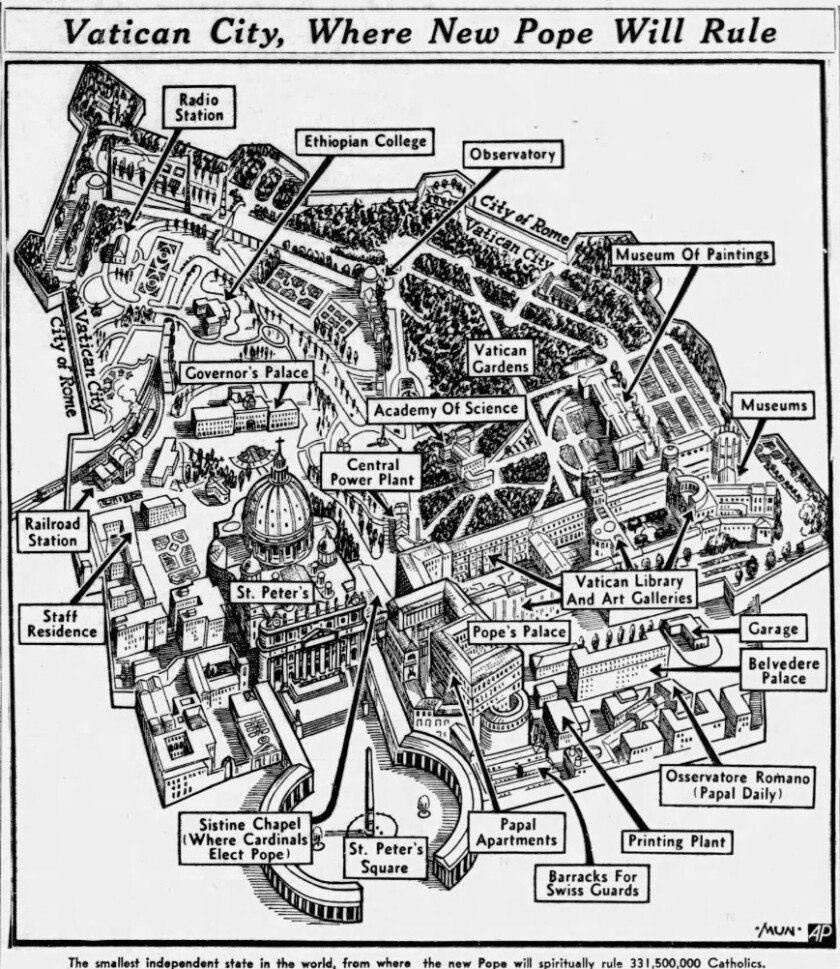
Making matters worse
The ring’s mystery deepened on July 31 reported that while the loss of the Fisherman’s Ring was hushed up, a new scandal developed after 20 million lire, or $4 million dollars, in a treasure chest in the pope’s secret repository also went missing.
ADVERTISEMENT
Until 1887 Pope Leo XIII hid the Vatican’s ready wealth — a trunk full of gold coins — under his bed, and Insider. That year, he founded the Commission for Works of Charity, to invest in good works, which later became the Institute for the Works of Religion to protect the church’s assets against Nazi and communist threats.
Pope Leo XIII lived simply, but he was dignitaries, worth up to $45 million, according to some news reports.
First, there was the missing ring, and then the news reports reporting that funds — called Peter’s pence — were loaned by Pope Leo XIII to some borrowers whose names were not known.
“It was therefore a surprise when his executors were unable to locate anything like the vast sums the late pope was known to have left. It was thought that the wealth had been stowed away somewhere about the Vatican, but diligent search failed to reveal it,” the Cincinnati Enquirer reported.
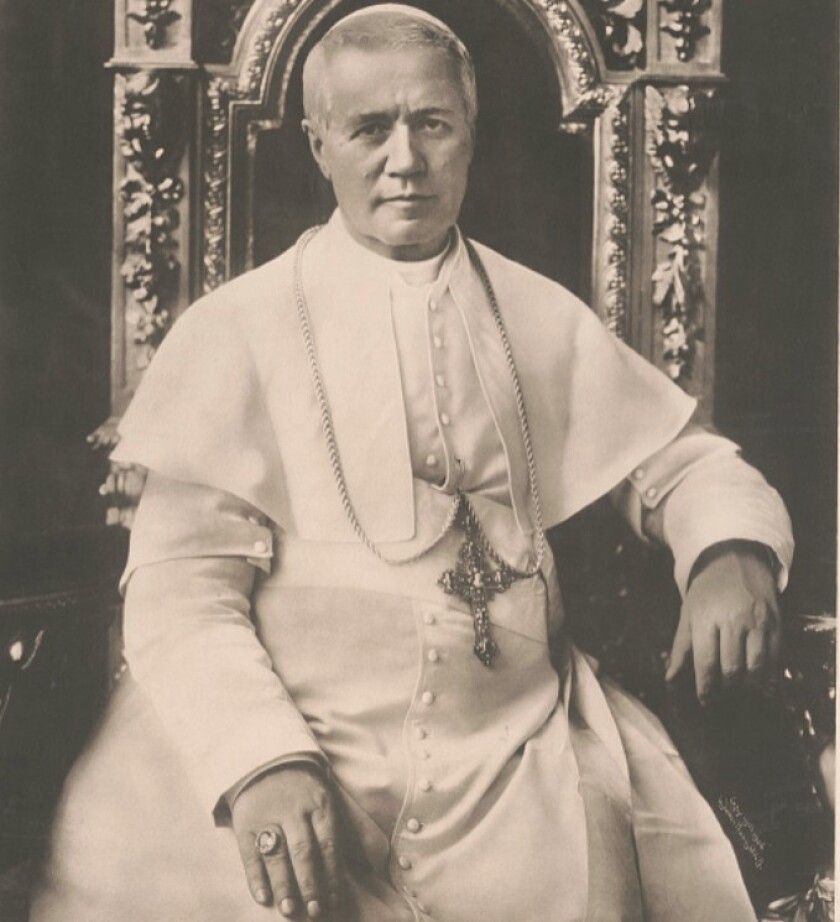
Leo’s fortune
A month after Pope Leo XIII’s death, on Aug. 21, 1903, the on his writing table. Per tradition, the ring was broken up, and the Minneapolis Journal.
The financial scandal continued, even as a new pope was elected. Cardinal Gotti, the deceased pope’s favored candidate, failed to win.
Giuseppe Melchiorre Sarto became Pope Pius X, and he launched an investigation into the fraud, called a “serious scandal” by the Jackson Citizen Patriot. He was elected and crowned with a newly-made Fisherman’s Ring, a custom that broke with tradition because the old ring was considered lost, and was not properly destroyed.
The later when Gotti and a secretary were seen tugging a heavy object from a carriage shortly after Pope Leo XIII’s death.
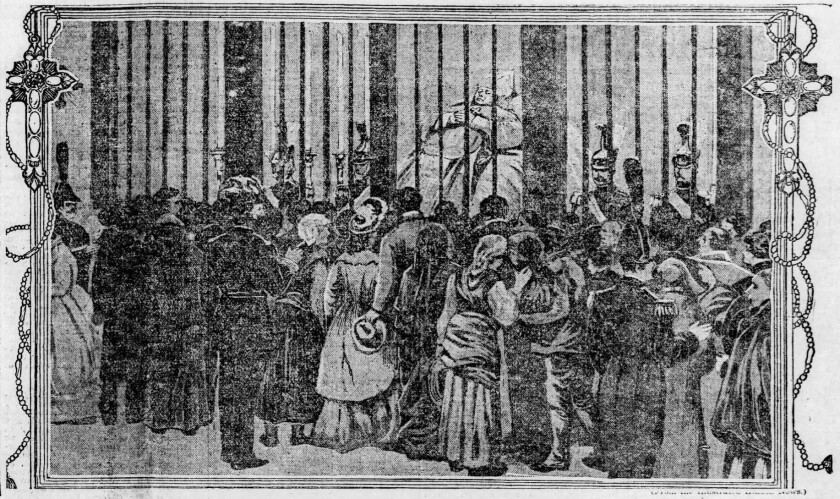
Gotti dragged in about $9 million of the deceased pope’s funds (about $327 million in 2025 dollars), the San Francisco Chronicle and the Times Herald. As he was considered by many to become the next pope, gave him the fortune to use as he saw fit if he succeeded him.
“But if another took his place I was to turn the money over to him after a period of four months,” Gotti reportedly told the new pope.
More of Pope Leo XIII’s money was discovered in his chambers after his death. Electricians found a hole in the wall while fixing electric lights and “several bags, which were carelessly tied … were found to contain $1,850,000,” according to the Cincinnati Enquirer (about $67.2 million in 2025 dollars).








